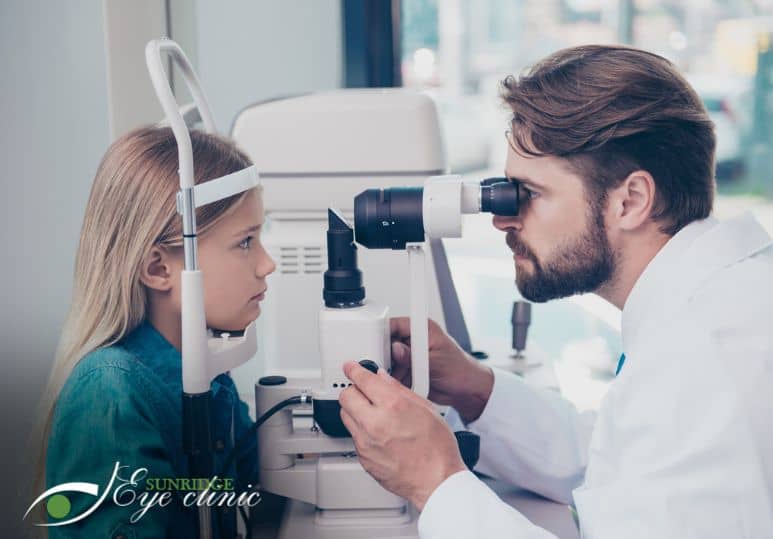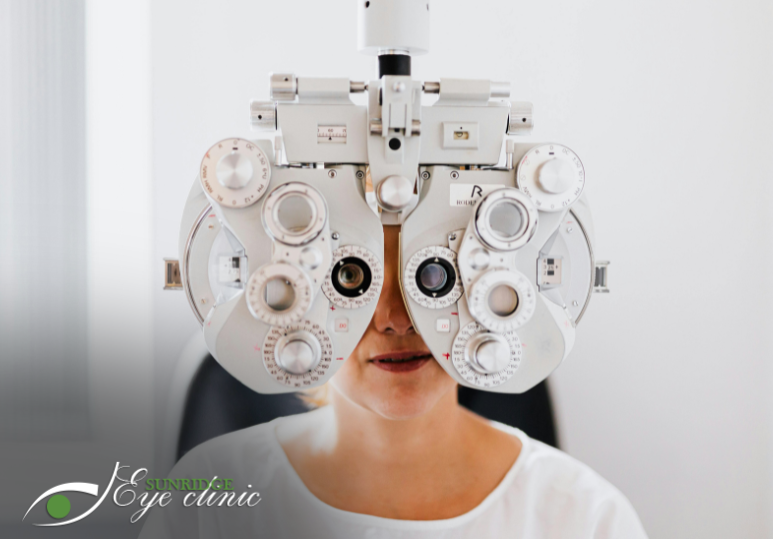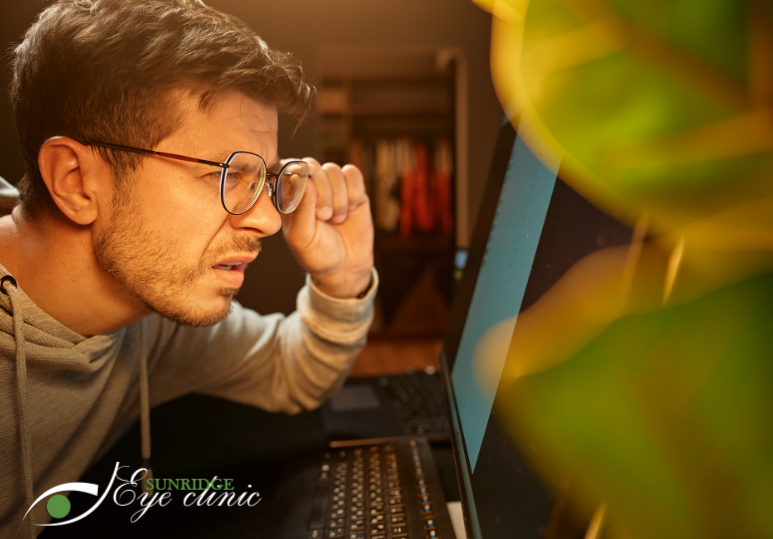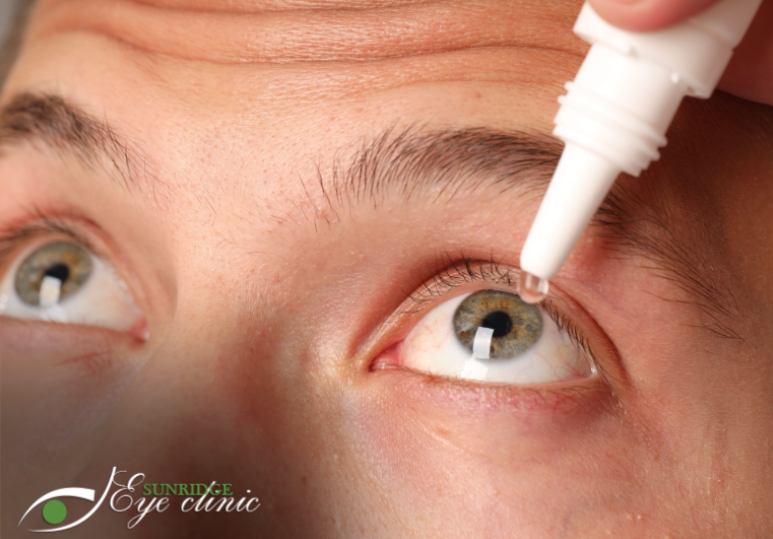Optical Coherence Tomography (OCT) is a cutting-edge technology revolutionizing pediatric eye care. This non-invasive imaging technique provides detailed, cross-sectional images of the eye's structures, allowing eye care professionals to visualize the intricate layers and diagnose various eye conditions with exceptional precision. OCT offers an array of benefits and uses advanced light wave technology to capture high-resolution, three-dimensional images of the eye's internal structures.
How is this exam beneficial for children?
The exam is quick and convenient making it more manageable for young patients who may have difficulty sitting through lengthy and invasive procedures. The comfortable experience will encourage children to come back for regular eye exam check-ups.
- Common eye conditions in children, such as amblyopia, strabismus and refractive errors can be detected and managed through OCT.
- Children will receive more accurate diagnosis.
- OCT eliminates the need for pupil dilation, making the exam less intimidating and more comfortable.
- Children were deprived of being able to include OCT in their eye examinations until technology was innovated.
- Children who are 3 years of age can be imaged using the desktop OCT device and children. younger, all the way to infancy, can be imaged using the handheld OCT device.
How important is early intervention?
Early detection of eye conditions through OCT can prevent potential vision problems in the future. There are conditions that can affect a child’s visual development that are best detected as early as possible for the most successful intervention. Poor vision has been linked to children’s struggles in educational environments, emphasizing the importance of early intervention for a child’s vision health and also general livelihood.
The technology behind OCT
OCT uses a low powered laser to create pictures of the layers of the retina and optic nerve. The laser is able to penetrate through many layers of tissue which is how it manages to produce an image of the back of the eye. At its core, OCT relies on the principle of interferometry, which is based on the concept of coherence.The concept of coherence refers to the degree of correlation between the waves of light from the source that are reflected back from various layers in the eye. Coherence is vital for achieving the sharpness and clarity of OCT images.
During the procedure, a beam of near-infrared light is directed into the eye, and a portion of this light is reflected back from the different layers within the eye, including the retina, cornea, and optic nerve. The reflected light carries information about the optical properties of these structures. Because the technology is non invasive, there is no risk in using it. Along with optometrists, other healthcare professionals such as dentists, dermatologists, or oncologists are also using OCT technology.
OCT's ability to create non-invasive, real-time images has revolutionized pediatric eye care, allowing for early detection and better management of eye conditions in children. With its outstanding precision and accuracy, OCT has become an indispensable tool in modern eye clinics, providing eye care professionals with a deeper understanding of pediatric eye health and enabling them to offer personalized and effective treatment plans for young patients.
FAQ
Q: When should I take my child to the eye doctor?
A: Your child should go to the eye doctor once when they are 6 months old, once when they are 3 years old, and then every year once they turn 5 years old. To learn about the importance of the timing of children’s eye exams, read Children’s Eye Health And Safety Month: The Recommended Schedule Of Children’s Eye Exams.
Q: How much do children’s eye exams cost?
A: Alberta Health Care Insurance Plan covers all comprehensive annual eye exams for children aged 0-18 and for adults aged 65+. The AHCIP also provides coverage for all emergency visits to the eye doctor.
Q: What if I can’t afford eyeglasses for my children?
A: To help make eye care affordable for all, Sunridge Eye Clinic is a part of the EYE SEE… EYE LEARN (ESEL) program. If your kindergarten-aged child has been seen by a doctor of optometry and requires eyeglasses, ESEL provides a free pair. Simply tell your eye doctor you would like to participate in the ESEL program; no applications are necessary.






